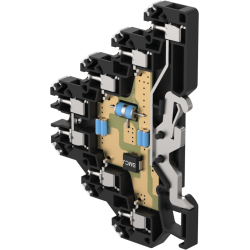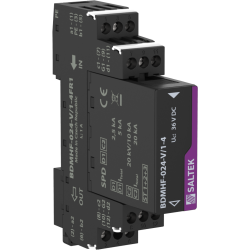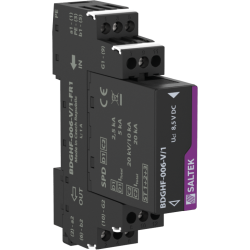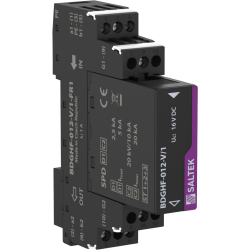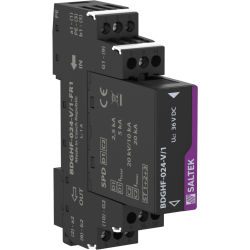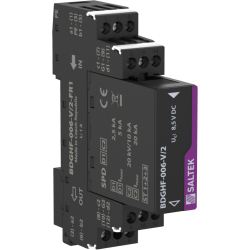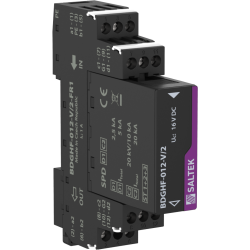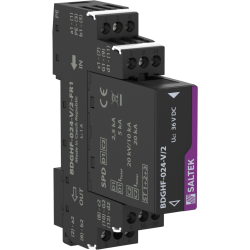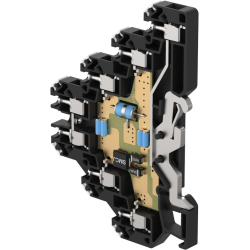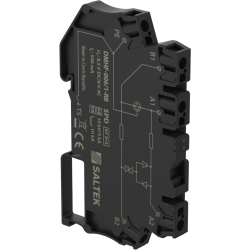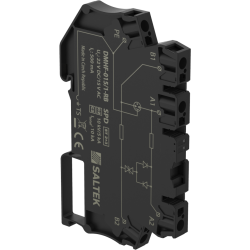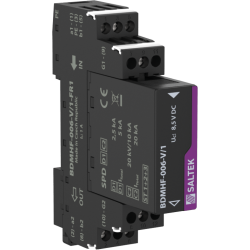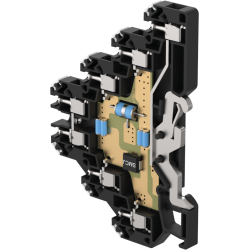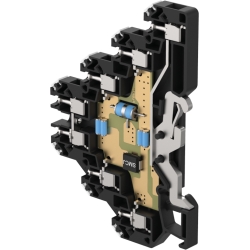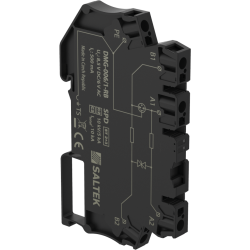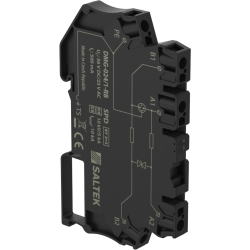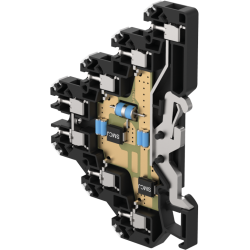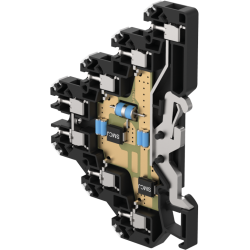Защита от перенапряжения
Категории
Компания DACPOL предлагает широкий ассортимент устройств защиты от перенапряжений. Ограничители перенапряжений находят различные применения: для защиты солнечных электростанций, для визуальных систем, для защиты линий питания, для сетей Fieldbus, для защиты LED, для радиочастотных приложений и для весовых систем. Наши клиенты уже много лет знают, что могут полагаться на качество наших продуктов. Мы постоянно стараемся, чтобы процесс заказа из отдела полупроводников был максимально удобным для наших клиентов, поэтому мы позволяем оформлять заказы через интернет и по телефону.
Что такое ограничитель перенапряжений?
Ограничитель перенапряжений – это устройство, предназначенное для защиты электрического оборудования от перенапряжений. Устройство ограничивает последующий ток. Перенапряжения возникают при ударе молнии в линию электропередач или при включении/выключении незагруженной воздушной линии. Перенапряжения могут привести к разрушению изоляции или других компонентов.
Каковы основные параметры ограничителей перенапряжений?
- Импульсный ток Iimp – ток формы 10/350 мкс, определяется пиковым значением и зарядом Q. Используется для испытания ограничителей типа 1, соответствует ударному току молнии
- Номинальный разрядный ток In – импульсный ток формы 8/20 мкс. Используется для тестирования ограничителей типа 1 и 2, соответствует косвенному удару молнии или коммутационным перенапряжениям
- Максимальный разрядный ток Imax – максимальное значение импульсного тока 8/20 мкс, которое не повредит ограничитель типа 2
- Максимальное рабочее напряжение Uc – значение переменного напряжения, которое может быть постоянно приложено к зажимам ограничителя
- Уровень защиты по напряжению Up – параметр, характеризующий работу ограничителя перенапряжений, определяющий максимальное напряжение, до которого ограничивается перенапряжение
- Временное перенапряжение UT – максимальное значение перенапряжения, которое при воздействии в течение определённого времени не повредит ограничитель
- Максимальная защита предохранителем – максимальный номинал предохранителя, установленного перед ограничителем для защиты от длительных коротких замыканий.
Какие типы и применения ограничителей перенапряжений?
Выделяют следующие типы ограничителей перенапряжений:
- Тип 1 – защищает от прямых и близких ударов молнии
- Тип 2 – защищает большинство потребителей от коммутационных перенапряжений и перенапряжений, уменьшенных ограничителями типа 1
- Тип 3 – защищает особенно чувствительное/дорогое электрическое и электронное оборудование
- Комплекты ограничителей типа 1+2
Ограничители типа 1 чаще всего устанавливают в начале установки, питаемой от кабельной линии или воздушной сети, например, в главном щите НН. Их задача – отводить ток молнии, возникший при прямом ударе молнии в сеть, на заземление.
Гибридные ограничители типа 1+2 устанавливаются перед счетчиком, защищая его от потенциальных перенапряжений. Эти устройства обеспечивают защиту от атмосферных перенапряжений, вызванных ударами молнии в объекты, находящиеся рядом с воздушными линиями, напрямую в линию или на некотором расстоянии от установки ограничителя.
Ограничители типа 2 защищают установку от потенциальных последствий перенапряжений, вызванных атмосферными разрядами или коммутационными процессами в электросети. Их задача – ограничение перенапряжений, возникающих при срабатывании защитной аппаратуры. Используются для защиты двигателей, трансформаторов или сварочных аппаратов.
Тип 3 используется для защиты аудиовизуального оборудования или компьютеров. Их цель – защитить чувствительные устройства от перенапряжений, уменьшенных на предыдущих ступенях защиты. Эти устройства применяются, когда импульсная стойкость аппаратуры не установлена или когда расстояние между чувствительным устройством и последней ступенью защиты составляет несколько десятков метров.




